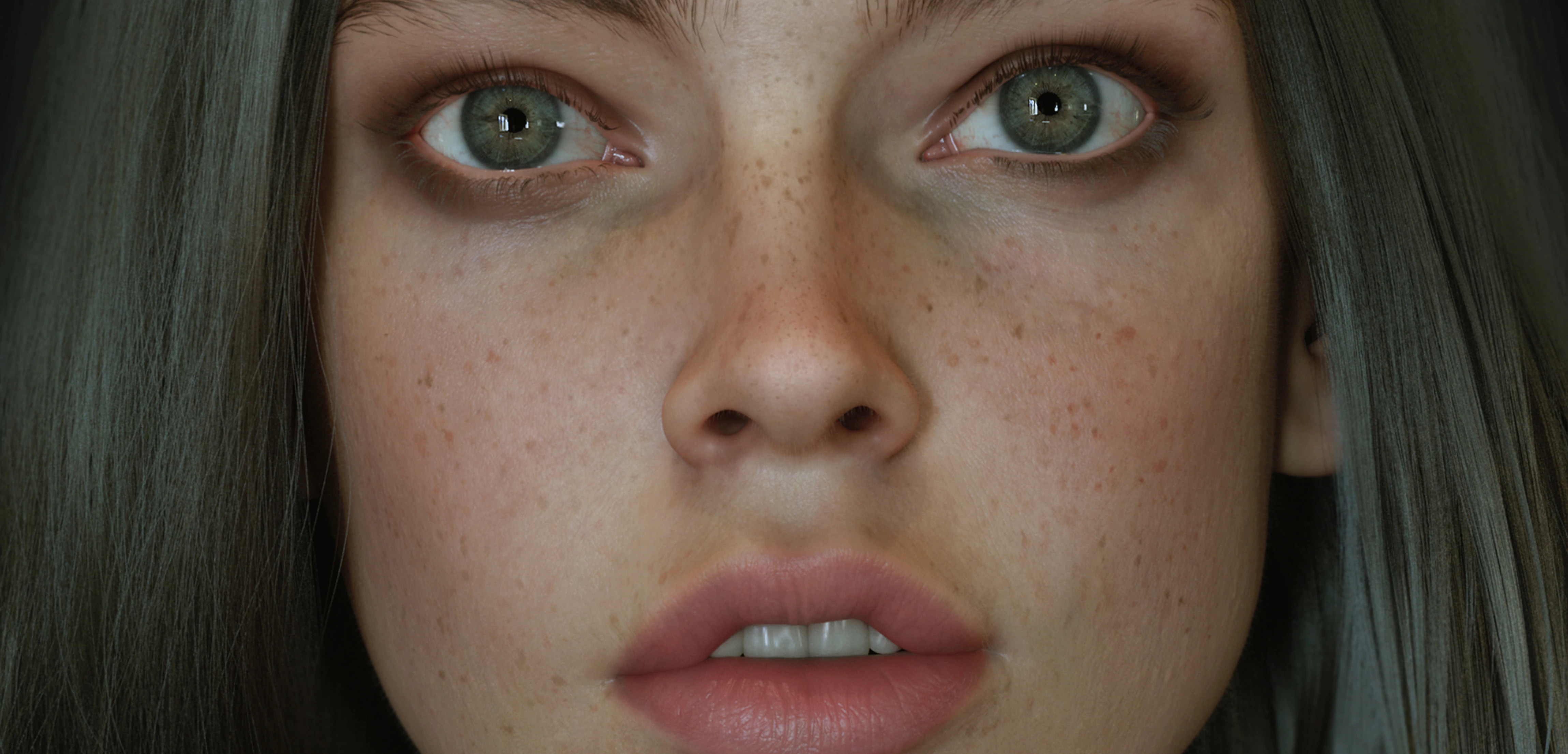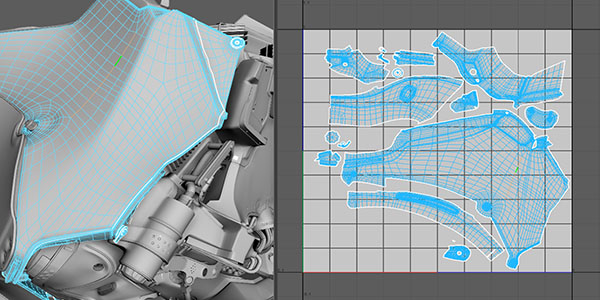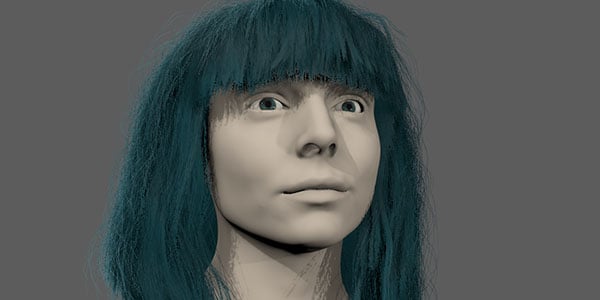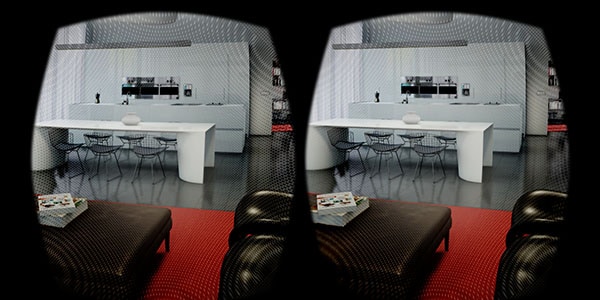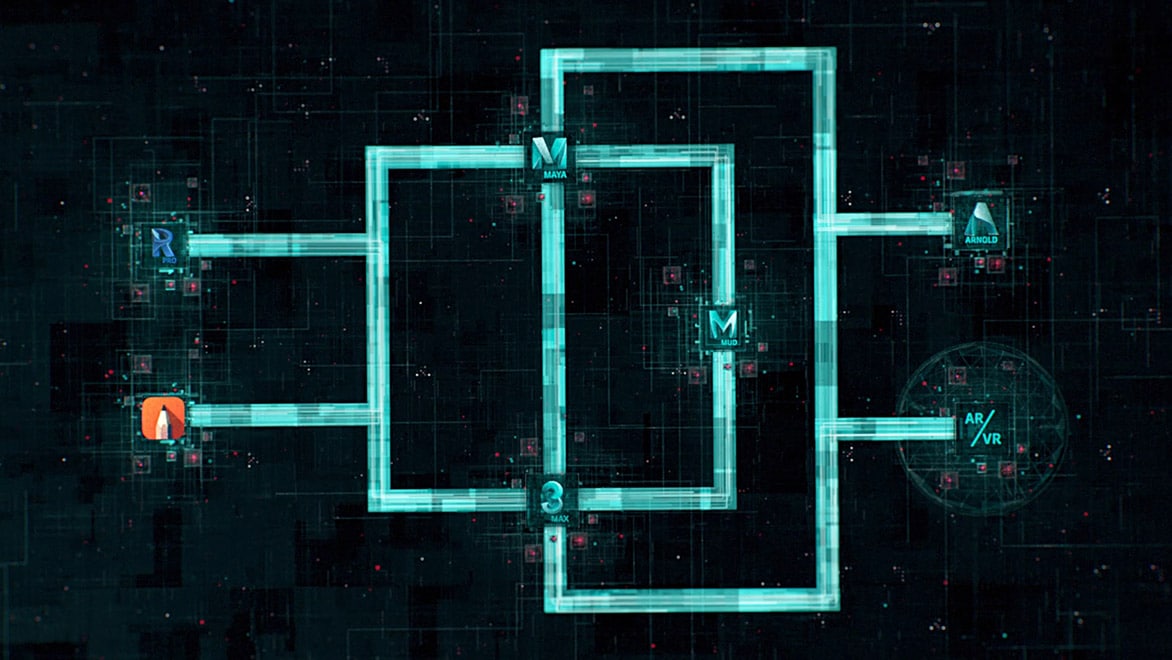Image courtesy of Enver BK
Image courtesy of Enver BK
3D rendering software is the process of generating an image from a model by means of computer software. Rendering is used in architecture, simulators, video games, films and television visual effects and design visualisation. 3D rendering, the last step in an animation process, gives the final appearance to the models and animation with visual effects such as shading(US site), texture-mapping (US site), shadows, reflections and motion blurs.
Software rendering produces images of the highest quality, letting you achieve the most sophisticated results. Computation occurs on the CPU, as opposed to hardware rendering, which relies on the machine’s graphics card
Hardware rendering uses the computer’s video card and drivers to render images to disk. It is generally faster than software rendering, but typically produces images of lower quality compared to software rendering.
Vector rendering lets you create stylised renderings (for example, cartoon, tonal art, line art, hidden line, wireframe) in various bitmap image formats and 2D vector formats.
Rendering in the cloud takes advantage of virtually infinite computing power. Quickly create photorealistic and high-resolution images in a fraction of the time required on your desktop.
The team of visual effects artists behind Arrival tackled complex scenes, from full CG shots to anti-gravity sequences and digi-doubles of the actors.
Tangram 3Ds, a 3D visualisation and digital design studio, specialises in comprehensive design solutions for the AEC, interior design, maritime and property industries.
Rising Sun Pictures helped shape Thor’s mythical visuals from pre-production to the final cut including creature creation and set design.
Get Maya + 3ds Max + Arnold + more
Build a powerful 3D pipeline for complex simulations (US site), effects and rendering to tackle even the most demanding jobs, now and tomorrow.
Explore technical workflows with Arnold, download free assets and learn about the deep integration with Autodesk Maya and 3ds Max.
We offer free Autodesk software for students and educators. Use the same 3D rendering software as top professionals around the world.
Are you a non-profit organisation or entrepreneur working to create positive impact through design? See if you qualify for our Technology Impact Programme.
Learn more about rendering software with these tutorials, tips and guides.
The place to ask and answer rendering questions and share knowledge about using Arnold.
Autodesk’s official CG community. Find free tutorials, customer stories, forums and share your work in the AREA gallery.
Watch video lessons on rendering and visualisations from expert rendering artists and architects.
Beginner-level tutorial to help you to get started with Arnold for Maya, covering the basics of lighting, shading and rendering.
Four-part tutorial series exploring the basics of Arnold for 3ds Max including how to illuminate and render an interior architectural scene.
When using Autodesk Arnold rendering software, a minimum of a 64-bit operating system is required. The following computer specifications and 64-bit hardware are recommended:
Arnold supports a number of open standards including: USD (Universal Scene Description), OSL, MaterialX, OpenVDB and NanoVDB, OpenColorIO and more. By supporting these open standards, Autodesk Arnold 3D rendering software streamlines the production pipeline getting you results faster.
Using Arnold, you can create photorealistic and high-resolution images in less time. Arnold rendering software helps maximise performance on your most complex projects with production-ready tools. It offers the scalability of an open architecture that makes it easy to integrate into your pipeline and adapt to project needs, as well as create customised cameras, light filters, output drivers and shaders.
